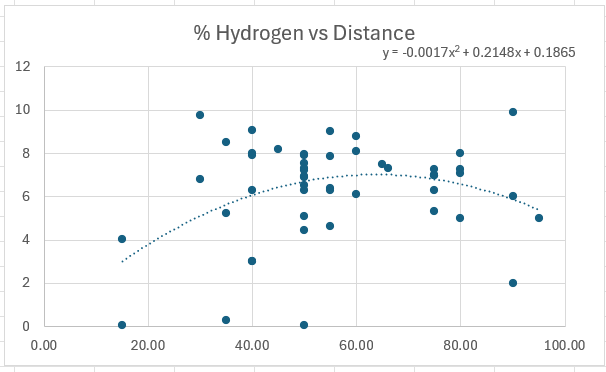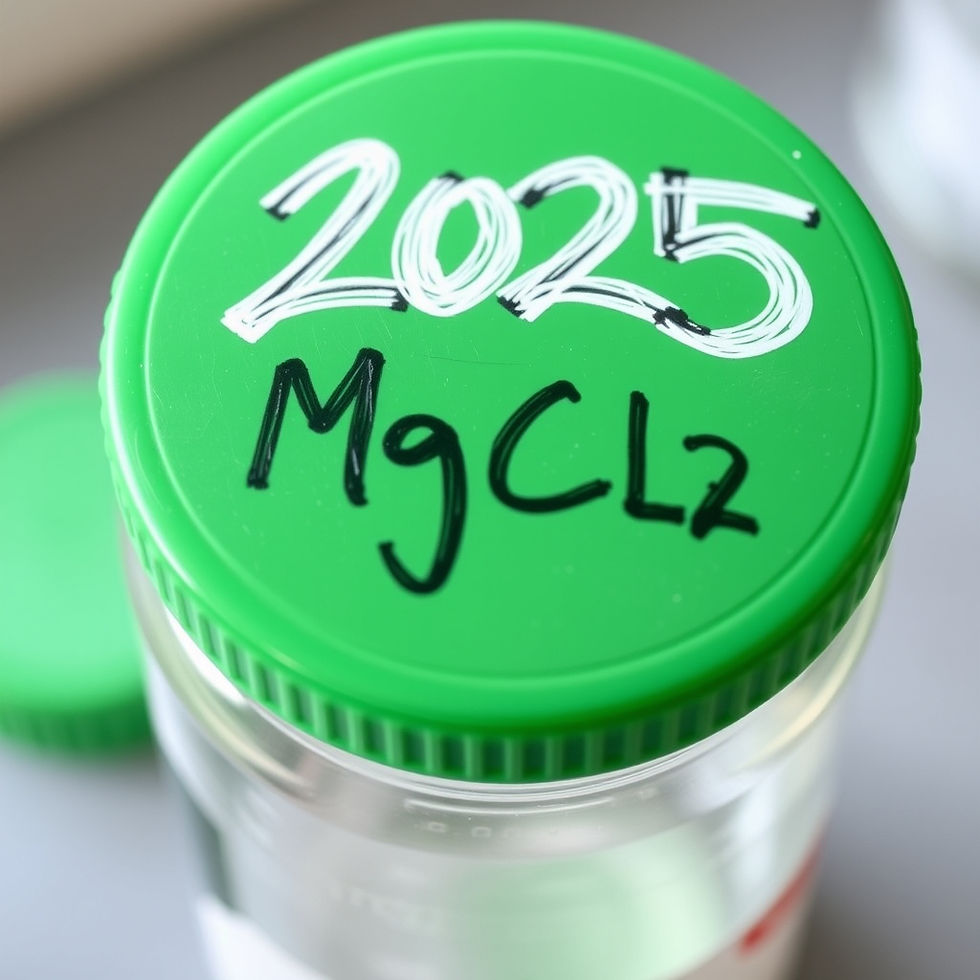Use this simple lab and stoichiometry to solve an antacid mystery
- Brennan Koch
- Feb 28
- 4 min read
Kids love a mystery. They also love uncovering a corporate “cheat”. Most don’t love stoichiometry as much. But, if you wrap stoichiometry into a mystery that appears to uncover a corporate injustice, then they are all in!
I designed this short lab to challenge their thinking on limiting reagents as well as to be green and simple with only household chemicals. The goal is to prove that Alka-Seltzer style antacids are cheating the consumer. The package tells the user how many grams of sodium bicarbonate are in each tablet and labels it as an antacid. BUT… when you take it, you don’t actually get that much antacid! Some of it gets reacted away in the fizzing reaction at the beginning. Our job is to find out how much antacid a user really gets when they take Alka-Seltzer.
Here is how I did it. Here is the link for the handout.
Demo the reaction
I found that explaining how an Alka-Seltzer is made (sodium bicarbonate with citric acid) and then showing them how the tablet dissolves, releasing the acid, and reacts with the baking soda is very helpful. I measure out 40 mL of water, put it in a beaker, and then put the full beaker and the dry tablet on the scale.

I have the kids guess what will happen to the total mass when I move the tablet into the water as it sits on the scale. Many will say, “It will stay the same.” Which it does. For a few seconds. Then the carbon dioxide starts leaving and the kids can watch the mass decrease. This is helpful for them to understand the concept that mass is actually leaving, even though it is “just a gas”.

After the reaction stops, I ask them which compound was the limiting reagent? They can’t know for sure. So, I ask them to design an experiment that would prove that citric acid was the limiting reagent. Most classes were able to brainstorm that adding more acid could uncover this fact. I grab some vinegar at pour a little more in. It fizzes and starts to lose weight again. Know we know. Citric acid is the limiting reagent.

Balance the reaction and map the lab
The kids go back to their seats and we balance the equation, discover the molar ratio, and then I draw a lab map on the board to differentiate the two phases of the lab. (If you want to know what a lab map is, check out this article)
The first phase is making one of the tablets, just like you would at home; in water. We know that citric acid is the limiting reagent, and we know that some of the sodium bicarbonate has been broken down with mass being lost to carbon dioxide. It the first trial, the kids can discover how many grams of sodium bicarbonate are lost during the fizzing. But there is a problem They still don’t know how much sodium bicarbonate there is in the tablet total.
Enter the second reaction.
This time, the kids use their second tablet (Alka-Seltzer come in packs of two tablets, so each group gets one packet) but they use vinegar to dissolve it. This will make the sodium bicarbonate the limiting reagent. Therefore, based on the amount of carbon dioxide released this time, they can calculate the total mass of the antacid in the tablet.
I set the kids loose to do these two reactions and collect data. It only takes about 10 minutes of actual lab time (maybe more if you are sharing a scale). After data collection, I bring the kids back to their desks to do the stoichiometry.
Uncover the mystery with stoichiometry
For both of the reactions, the one in water and the other in vinegar, I have the kids calculate the number of grams of sodium bicarbonate consumed. At this point in the unit, my students are able to do this fairly comfortably. The first corporate mystery they solve is whether on not the Alka-Seltzer company actually puts enough baking soda in their tablet in the first place. I write the mass on the board (from 1.65 to 1.92 g depending on the brand) that the ingredients list shows.

They use their vinegar reaction to see how close they are. They complete a percent error based on the ingredients list. In all my classes, over half of the groups had a percent error of less than 10%. In each class I had a group with under 2% error. This means that the company is telling the truth. There is that much antacid in the tablet.
But is that how much the patient actually gets in their stomach? NO! By the time it fizzes in water some is lost. Now the students calculate the grams of baking soda lost to the reaction in water. Simple subtraction will show them how much medicine they are actually getting. Oh, the youthful outrage! They are only getting about half the antacid actually into their stomachs!
The kids enjoy solving a real-life mystery. They enjoy thinking about how to uncover the truth. And the lab is simple and environmentally friendly. Plus, it’s easy enough that I don’t get an ulcer teaching it. I wouldn’t get the full dose of antacid if I tried anyway.
AP BONUS: If you teach AP chemistry, the label for Alka-Seltzer brings up a great short conversation on weak acids. The label lists citric acid as an antacid. That is contrary in their minds. I took the label and had my AP students figure out how citric acid could actually raise the pH of their stomachs. Citrate, the conjugate base of a weak acid, is good as receiving hydrogen ions. It is so good, that it will cut water in order to take the hydrogen leaving behind hydroxide ions and increasing the pH. So technically, citric acid isn’t an antacid, sodium citrate is. But who’s counting anyway? Oh yeah, my chemistry classes are!
Looking for more ways to engage your students in chemistry? Try Stoich Decks' ever-growing library of curriculum-centric games. Check them out here!





Comments